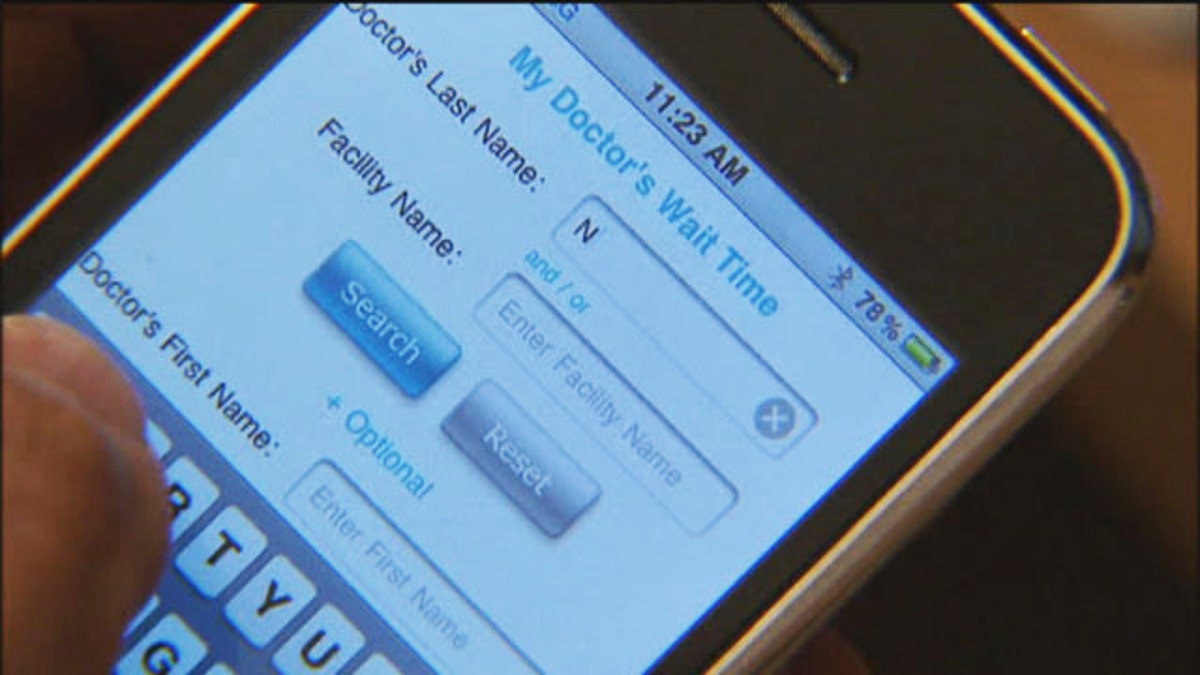
After Barbara Pivarnak had a bone marrow transplant last year, she faced a long recovery. For many weeks, she was -- in her words -- "a blob in a bed."
As soon as she could sit up, though, occupational therapists at the Mayo Clinic began taking her to what they called "Wii-hab."
She became absorbed in Wii bowling. What she didn't realize was that she was also getting good physical workouts. Her strength and coordination rapidly improved.
Daily headlines can make us forget that technology is often used for "good." Among all the reports of hackers stealing sensitive information from government agencies -- and individuals -- it's easy to forget the other side of the story.
Well beyond paying our bills online or playing Words With Friends with that girl you barely remember from high school, there's a seriously positive side to technology. It improves the health of thousands of people everyday.
Sure, the games are fun. When Nintendo launched the Wii in 2006, it was a runaway hit for kids and families. The unique wireless controller, dubbed the Wii-mote by fans, allowed players to use body movements to bowl, box and play tennis.
It didn't take long for elder care professionals to see that the Wii would be a great way to get aging patients up and moving. Soon after that, therapists were using the console to help stroke patients and accident victims get back on their feet again.
Studies indicate that using the Wii can improve the physical abilities of Parkinson's sufferers. And therapists at Walter Reed Army Medical Center have successfully used the Wii to help our brave soldiers recover from combat injuries.
At $150, the Wii may be the cheapest piece of medical equipment in a clinic. Originally sold for $250, the Wii has been dropping in price because of the expected release of Wii U later this year. The Xbox 360 and PlayStation 3 consoles offer similar motion-control technology and have been used in rehabilitation, too.
These examples are just a part of the story.
Other researchers are hard at work developing software for smartphones and tablets that will make a difference in the lives of people with disabilities.
At Stanford's summer course on high-performance computing, students created a Braille writer that works on a tablet's touchscreen. Blind and visually impaired persons no longer need to find the buttons on this virtual keyboard. They touch eight fingertips to the tablet's glass screen - and the keys find their fingers!
By contrast, a traditional Braille writer, which looks like a laptop keyboard, can cost more than $6,000. And it only does one thing. That makes a $500 multimedia tablet seem like quite a bargain!
Similarly, apps and iPads are helping kids with autism communicate, convey feelings and break out of their shells of isolation.
Mobile medical apps - called mHealth - are now so ubiquitous that it's easy to take them for granted. They give doctors and patients access to up-to-date information anytime, anywhere on smartphones and tablets.
Someone in your family probably already relies on an app several times a day to monitor blood pressure, heart rate or their blood glucose levels.
These medical apps let patients track their conditions. After falling off his roof and breaking his leg, Damon Lynn's experience with chronic pain inspired him to design the My Pain Diary app.
The app now helps thousands with arthritis, fibromyalgia and other painful maladies track symptoms and improve communication with their doctors.
In fact, my store is full of tech solutions. I compare and choose the best options just for you, so be sure to check out this simple affordable blood pressure monitor that works with your cell phone. You'll find it along with several other health solutions in my store right now.
Four out of five doctors now use mobile devices to call up patient records and consult treatment guidelines. Some apps even turn mobile gadgets into remote monitors, allowing high-risk patients to stay in their homes while also cutting down on pricey office visits.
It's really quite amazing how much technology is now being used in doctor's offices and clinics. Why, just a few years ago, it was strictly forbidden to even use those newfangled cell phones inside a hospital!
That's why I love technology and the digital lifestyle. I can’t wait to see what they think up next.
Kim Komando hosts the nation's largest talk radio show about consumer electronics, computers and the Internet. Get the podcast or find the station nearest you at www.komando.com/listen. Subscribe to Kim's free e-mail newsletters at www.komando.com/newsletters.
Copyright 1995-2012, WestStar TalkRadio Network. All rights reserved.
